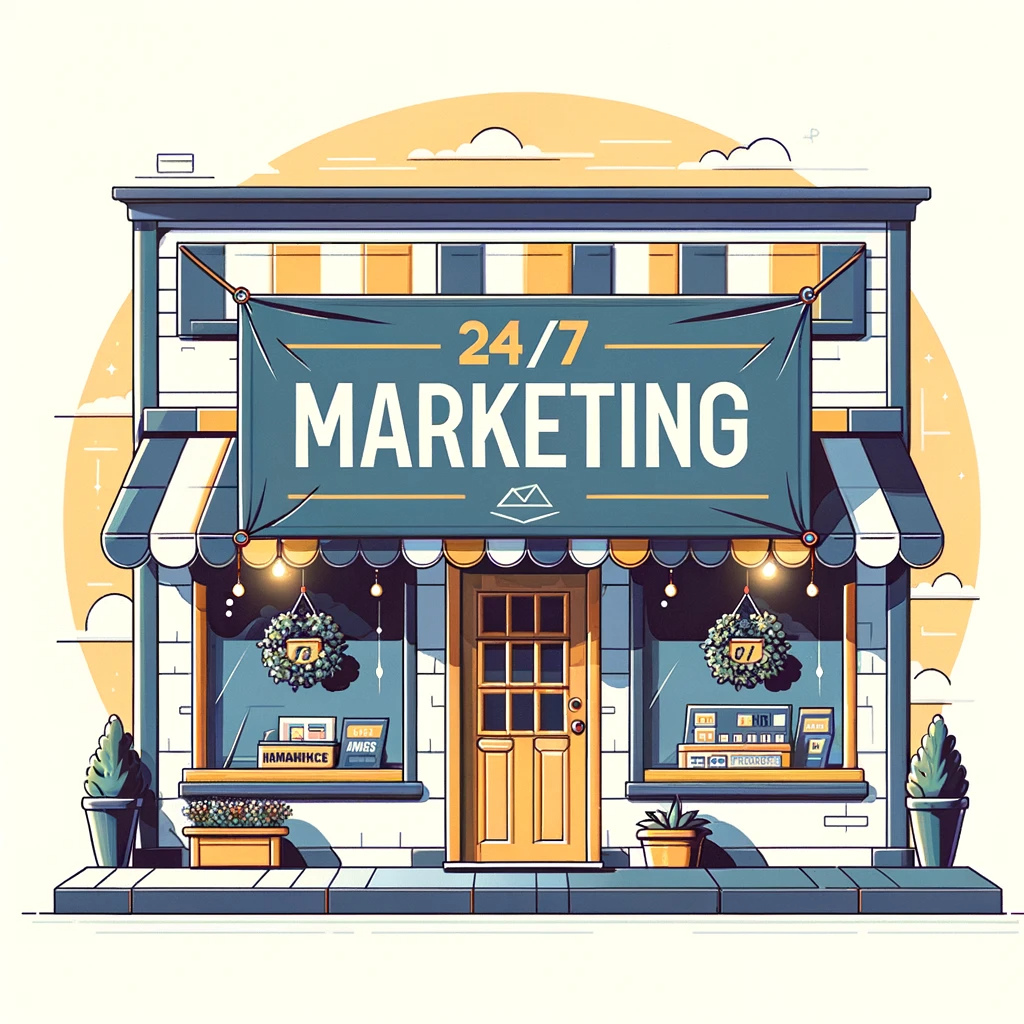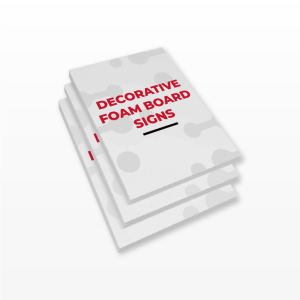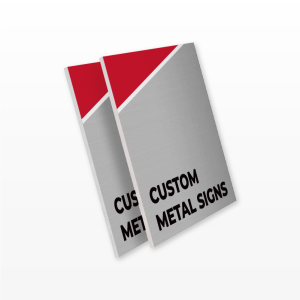Unveiling the Silent Seller
In the bustling marketplaces of commerce, signs are the silent sentinels, often overlooked yet omnipresent. They guide, inform, and persuade, often without a whisper. This ubiquitous nature makes them blend into the background, only coming to the forefront of our attention when specifically sought. It's this discreet influence that underscores their potent effect in the marketing realm.
Despite their prevalence, many businesses, particularly small and independent ones, underestimate the profound impact of signage. Regarded merely as a marker to denote the business's presence, the true potential of signs as a dynamic marketing tool remains largely untapped.
To harness the full power of signage, businesses must transcend the traditional view of signs as mere location markers and embrace them as pivotal marketing instruments.
The Essence of Signage in Business
1. Identification and Location
Your sign is the initial handshake with the customer, marking your business's presence and anchoring your location in their minds.
2. Marketing and Communication
More than a static identifier, your sign is a silent salesman, communicating your offerings and enticing potential customers.
The ABCs of Signage
A - Attract New Customers
85% of your customers are within a five-mile radius, yet with 18.6% of the population relocating annually, signage becomes an essential tool to replace departing customers and captivate new ones.
B - Brand the Business
Achieve top-of-mind awareness by ensuring your sign is a constant, compelling presence, reinforcing your brand with each pass.
C - Create Impulse Sales
Signs can sway the on-the-fence customers, turning a routine drive into an unplanned purchase, as demonstrated by the spontaneous customer influx at Best Buy.
Marketing to Your Customers through Signage
Infrequent Needs Branding Sites
For businesses addressing specialized needs (e.g., medical offices, real estate), signs should not only inform but also brand, creating a lasting image that springs to mind when the service is needed.
Frequent or Impulse Needs
For businesses catering to immediate needs (e.g., restaurants, gas stations), signs must grab attention, delivering a clear and compelling message to prompt on-the-spot decisions.
Designing Effective Signs
1. Clarity and Simplicity
The sign should convey the most crucial information – what you are selling – at a glance, ensuring that first-time viewers are immediately informed.
2. Consistency in Branding
Maintain a cohesive brand image by aligning your sign's design with your overall marketing strategy, including business cards, letterheads, and other promotional materials.
3. Strategic Placement
Position your sign to ensure maximum visibility and readability, taking into account the viewer's perspective and the surrounding environment.
4. Memorable Design
Incorporate striking graphics, vibrant colors, and a clear message to make your sign stand out and embed your business in the memory of passersby.
In the realm of business, signs are more than mere markers; they are a potent marketing force, a silent communicator that, when effectively utilized, can attract, persuade, and retain customers. Embracing the full spectrum of their potential can transform the humble sign from a simple identifier to a cornerstone of your business's marketing strategy.














